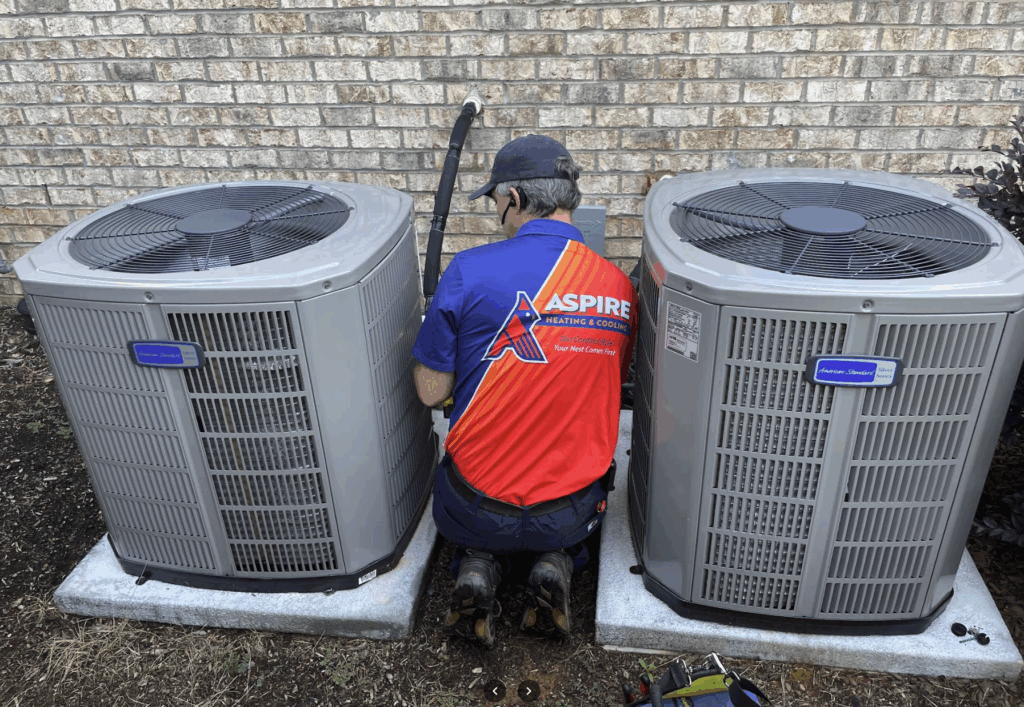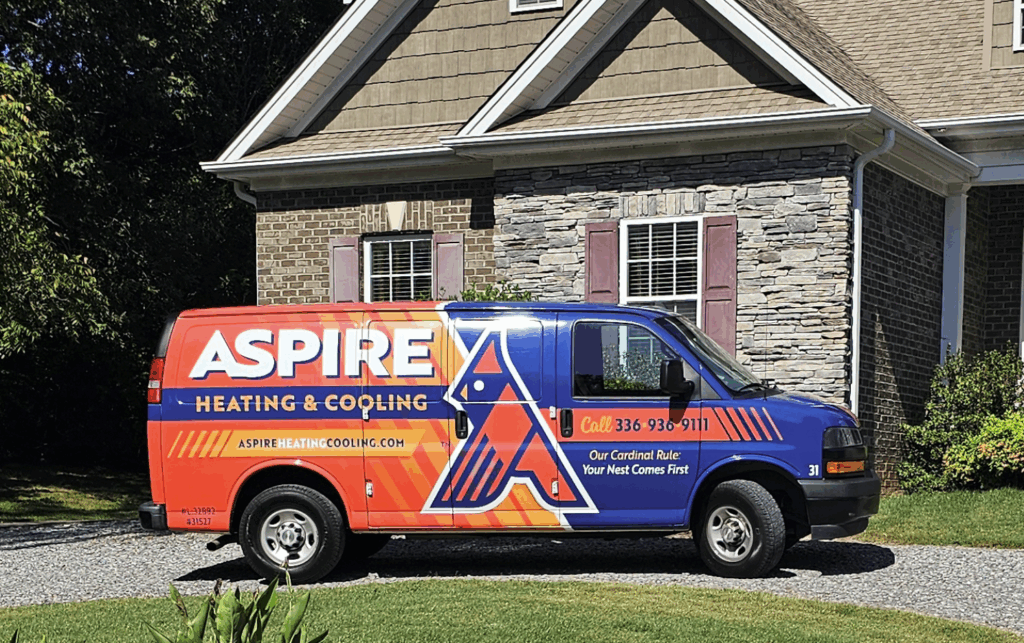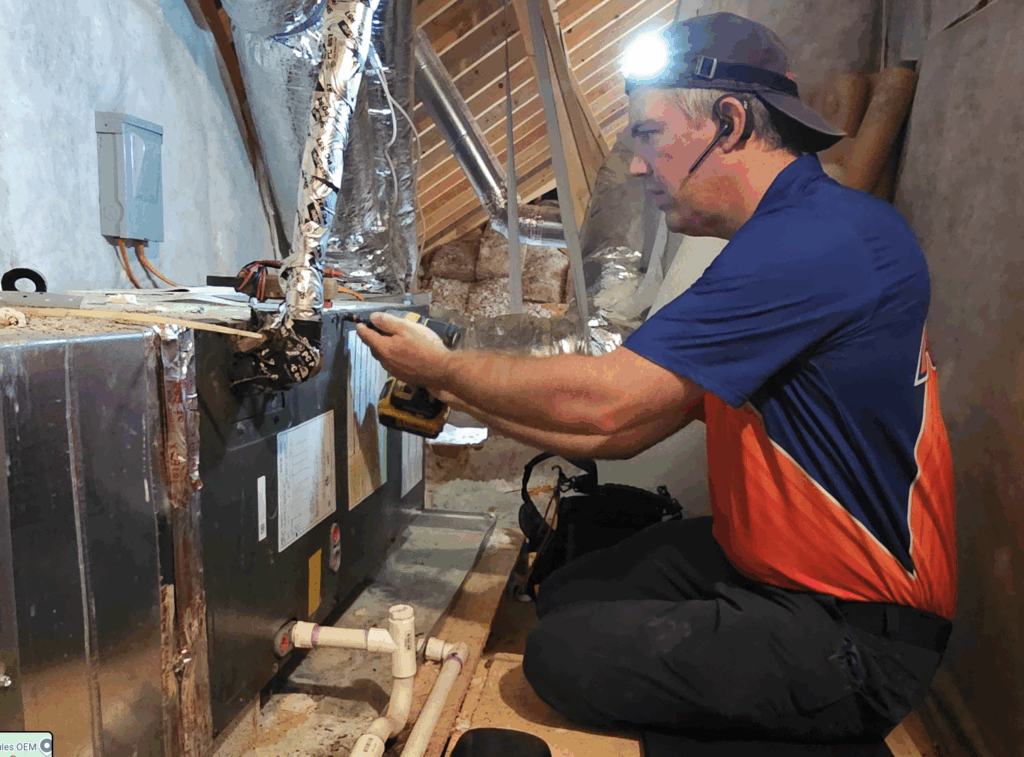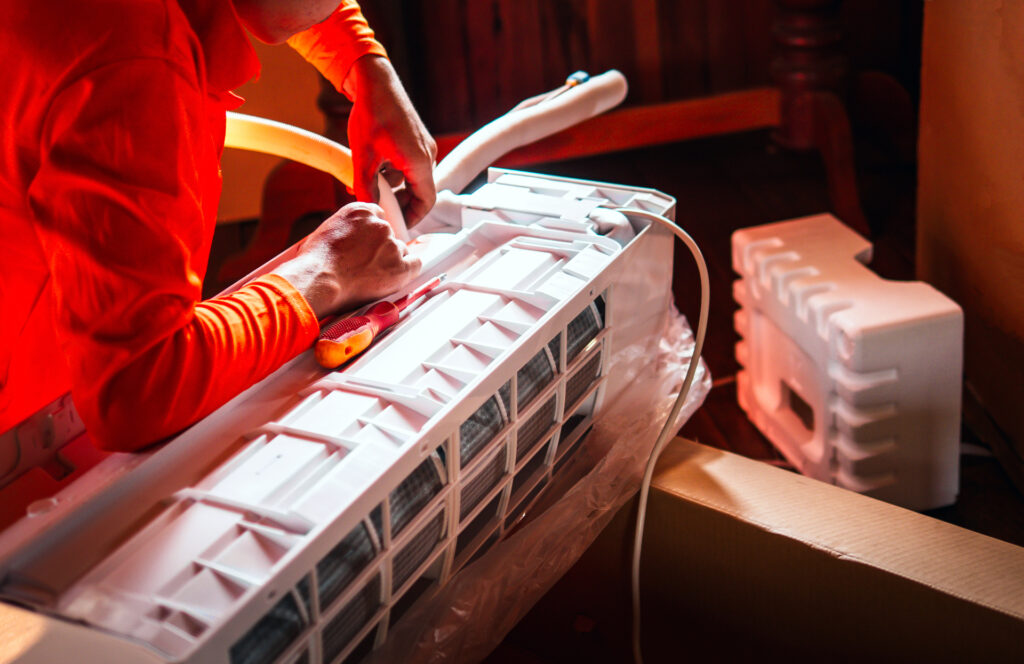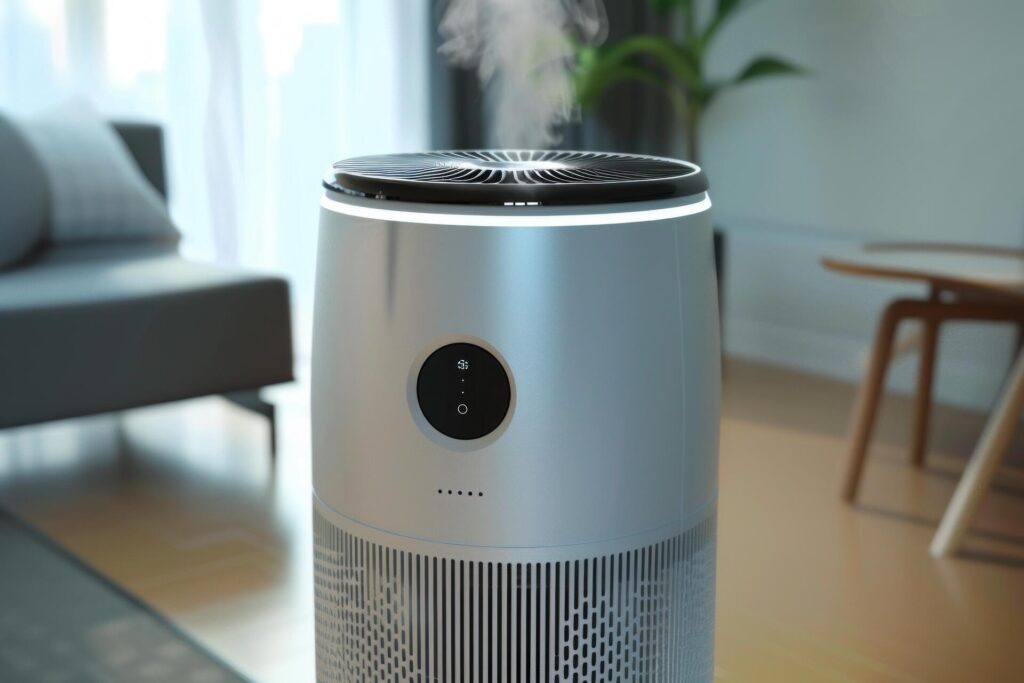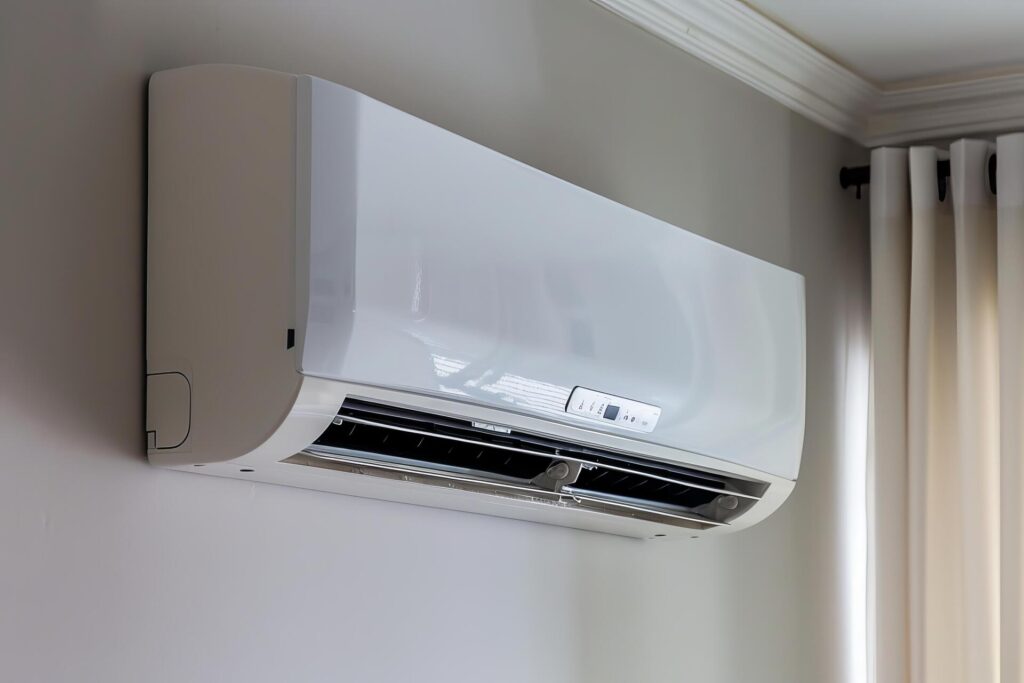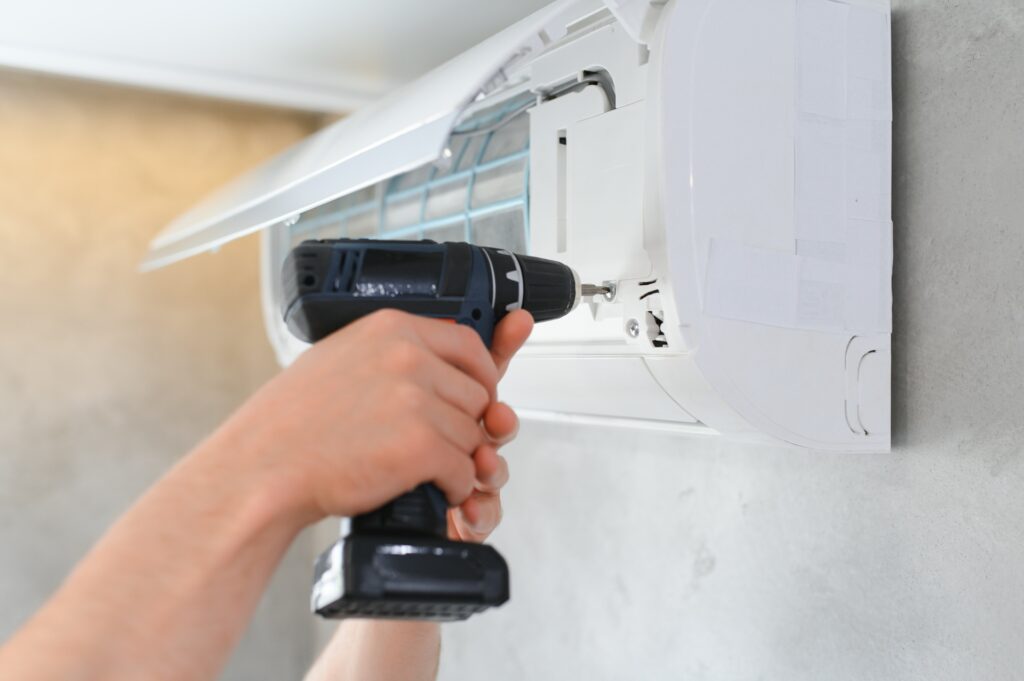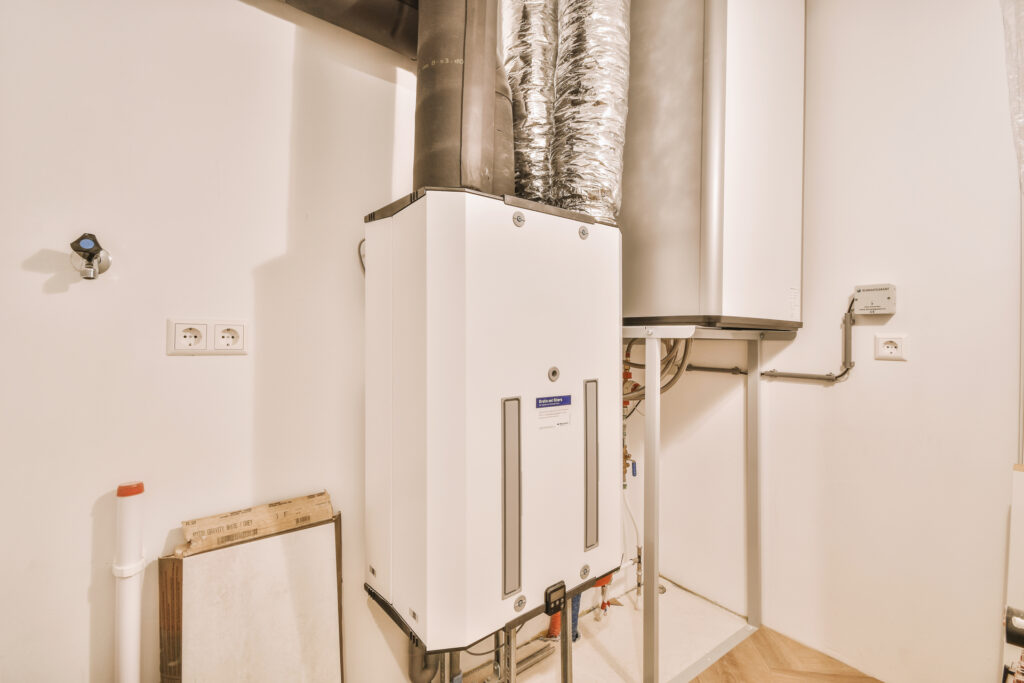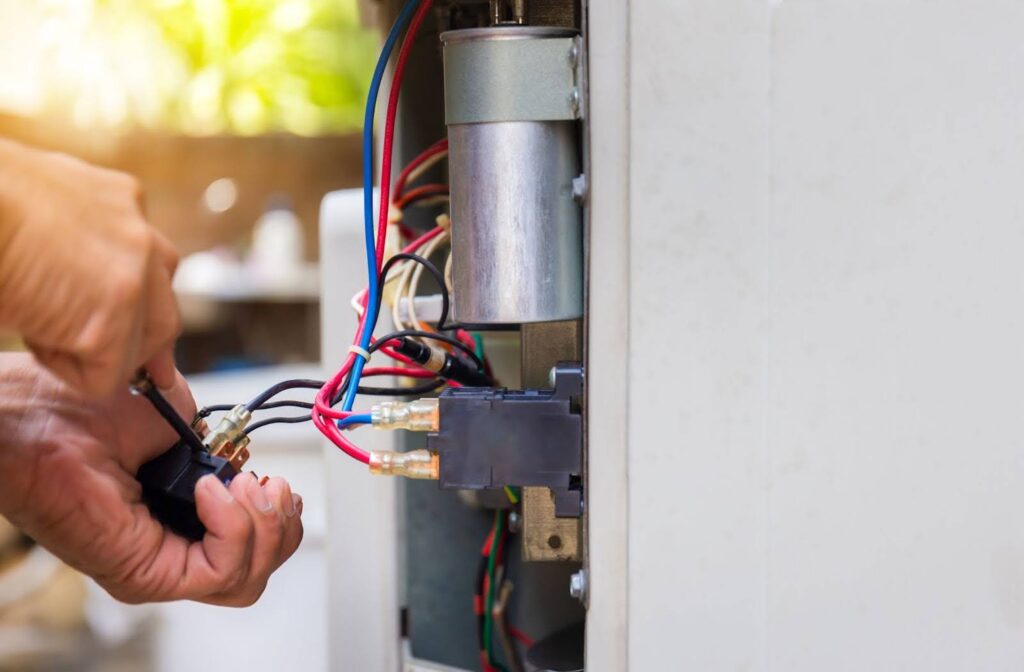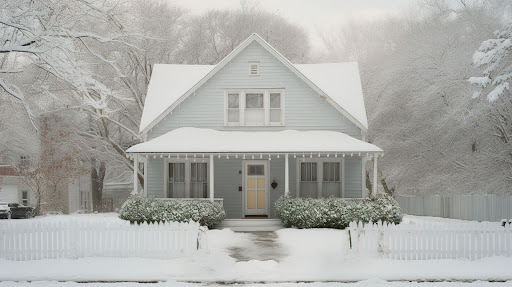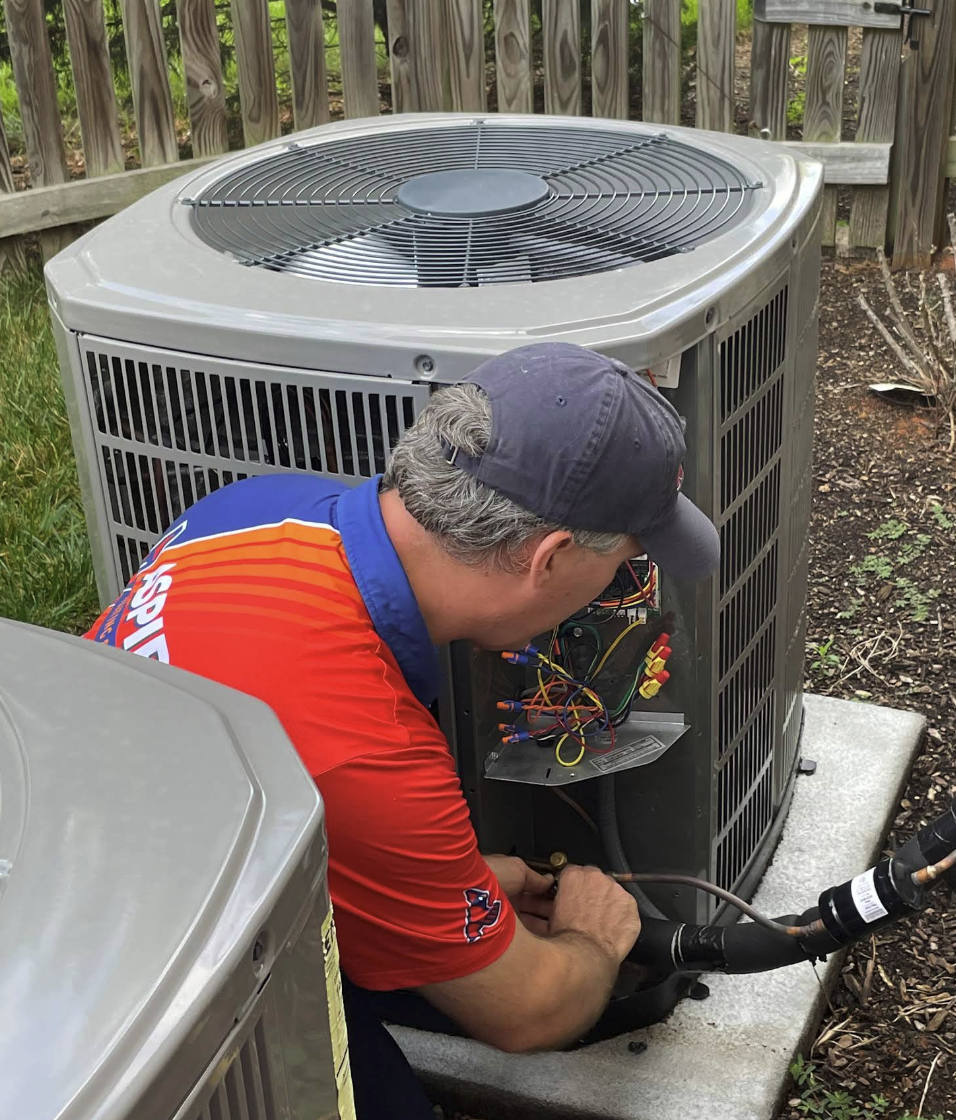Winter can be one of the most challenging seasons for managing comfort and finances simultaneously. Heating systems often run more frequently during colder months, and that can cause energy expenses to climb faster than the temperature drops. By taking a strategic approach to your HVAC setup, you can enjoy a cozy home without fretting over daunting utility bills. This blog explores some of the most impactful ways to heat your home affordably—focusing on programmable thermostats, zone heating, finding and fixing drafts, and making simple lifestyle changes that elevate comfort. Each recommended approach here considers both efficiency and warmth, ensuring you’re well-prepared for wintertime.
The Power of Programmable Thermostats
One of the easiest ways to keep energy costs in check is by installing a programmable thermostat. This tool empowers you to set specific temperature schedules based on the times you’re at home, asleep, or away. Lowering your thermostat by 7°-10°F for eight hours a day (such as during work or bedtime) can reduce your heating bill by up to 10% annually. A programmable or smart thermostat does the work for you, adjusting temps throughout the day and night so you don’t need to keep track manually.
Some models even learn your daily patterns and automatically optimize temperature settings. You stay comfortably warm when you need it most and avoid unnecessary strain on your HVAC system when no one is around. Making the switch often pays for itself through the savings you’ll see on monthly utility bills.
Harnessing Zone Heating Effectively
Zone heating allows you to heat different rooms or areas in your home independently. If your current HVAC system supports it—or if you’re considering an upgrade—zoning can save a significant amount on energy costs by directing heat to the areas you use most. Rather than warming your entire home to the same level, zone heating focuses on occupied rooms while letting unoccupied areas remain at lower, more cost-effective temperatures.
If you typically spend evenings in one part of the house, for example, you can program the system to warm just that zone during the hours you are there. This approach keeps you toasty and comfortable while potentially reducing the workload for your HVAC system. At the same time, it helps your system last longer by limiting unnecessary strain. If you have questions about whether your home is a good candidate for zoning, Aspire Heating & Cooling’s Heating Services Page provides detailed information on efficient system setups customized to your needs.
Searching for Drafts and Air Leaks
Drafts are silent culprits that allow precious heat to escape and cold air to sneak inside. Sometimes these leaks are obvious—like a breeze near a window or doorframe—but other times they’re subtle and go unnoticed. You can often identify drafts by feeling with your hand near window sills, baseboards, or places where exterior walls meet interior floors and ceilings. Sealing these found leaks can make a surprisingly big difference. Even a small leakage around windows or doors can account for higher-than-necessary utility bills.
Simple Lifestyle Adjustments
Sometimes maintaining warmth is less about advanced technology and more about day-to-day habits. If you move furniture or rugs away from heating vents and registers, you ensure heated air can circulate freely. Opening curtains during the day lets sunlight naturally warm your rooms; closing them at night helps trap that heat indoors. Layering your clothing or using cozy blankets in living spaces also means you can comfortably keep the thermostat set slightly lower.
Although these steps might seem minor, collectively they add up to tangible monthly savings. Each degree you reduce your thermostat can cut your heating bill while still keeping you comfortable. Embracing these simple routines offers a cost-effective supplement to the more significant investments in smart thermostats or zoning systems.
Additional Measures for Winter Comfort
While much of your home’s energy efficiency hinges on the quality of the HVAC system itself, you can explore additional steps to optimize winter warmth. Scheduling annual maintenance checks is one of them. A professional technician can examine everything from filters to critical mechanical components, ensuring each part is up to par and operating safely. This reduces the risk of unexpected breakdowns and can improve overall efficiency.
Upgrading HVAC filters frequently maintains optimum airflow and air quality, preventing dust and debris from slowing your system. Higher-efficiency filters can capture smaller particles if air quality is a top concern in your household. Also, keep an eye on your attic insulation—many older homes lose heat through under-insulated attic spaces, so adding or upgrading the insulation can mean significant gains in comfort and energy savings.
Stay Connected with Aspire Heating & Cooling
If you’re ready to explore more tailored solutions for winter warmth or simply want to ensure your current system is prepared for cold weather, contact Aspire Heating & Cooling for personalized advice. Whether you need an HVAC tune-up, want a professional inspection to detect hard-to-spot drafts, or are curious about zoning capabilities, our team is on standby with expertise and a commitment to customer satisfaction.
Winter is a season that demands comfort, but it doesn’t have to demand a fortune. By combining sensible thermostat management, efficient zone heating, proactive draft detection, and everyday habits, you can strike the right balance between keeping warm and keeping costs down.


